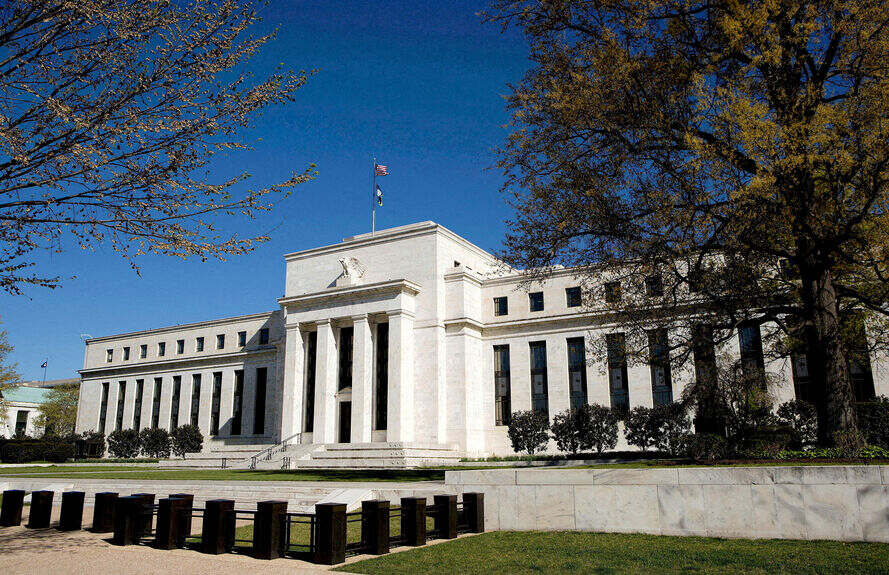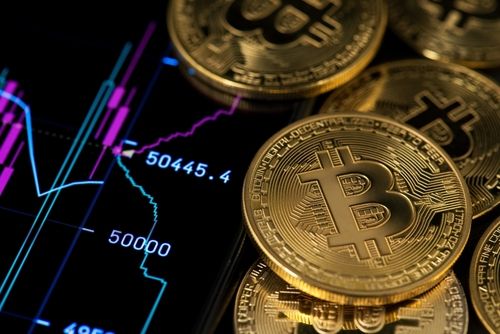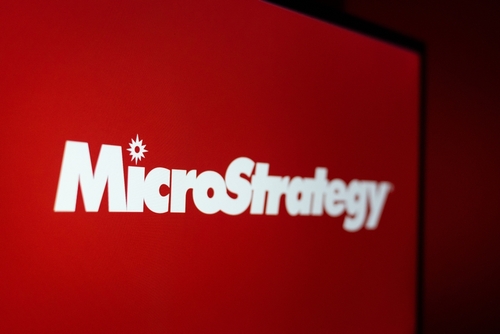LIVE MARKETS-Gas warning

Welcome to the home for real-time coverage of markets brought to you by Reuters reporters. You can share your thoughts with us at markets.research@thomsonreuters.com
GAS WARNING
Natural gas prices - largely off investors' radar since the middle of 2022 - are coming back into focus as prices nudge up, potentially contributing to a re-acceleration of inflation.
Front-end Dutch futures, the European benchmark, are heading back towards one-year highs hit at the start of December, TRNLTTFMc1 and U.S. prices are also elevated NGc1.
To be sure, if you look at a chart that shows March and August 2022, its hard to see the fuss, but since those levels resulted in massive fiscal measures from governments across Europe to stop economic collapse, that's not really reassuring.
The current fears are more about marginal ECB pricing than a complete meltdown of the European economy.
But still, that's not nothing and Jordan Rochester head of EMEA macro strategy at Mizuho calculates in a note out Monday that if the surge in energy prices is sustained, it could contribute 0.5% to headline euro area CPI.
As a result, he says that would wipe out any expectations of a 50-basis point rate cut sometime next year, and raise expectations for the ECB's terminal rate back towards 2%, bad news for European stocks and bonds, not to mention the economy as a whole.
There are a few reasons why natural gas prices are picking up. Firstly, there was an unexpected supply crunch in December, and European inventories are now down to 75% full, reaching that level a month earlier than last winter.
While we don't need to worry about shortages this year, Rochester says it could mean more work to stockpile in 2025's northern hemisphere summer for the coming winter.
Not helping is cold weather forecasted in Europe and the U.S. for the first half of January.
"It’s less of a problem for the U.S. for now," says Rochester but if domestic prices accelerate thanks to LNG exports ramping up, risk sentiment may take a wobble with hawks entertaining and leading a conversation of “no cuts” from the Fed."
That, he thinks, could get the 10-year U.S. Treasury yield up to 5% - it's currently just above 4.5% - send equities lower, and boost the dollar to the extent we're back to talking about euro/dollar parity.
(Alun John)
EARLIER ON LIVE MARKETS:
A SAFE HAVEN YEN IN A STORMY 2025? CLICK HERE
THIN NEW YEAR'S EVE TRADING CLICK HERE
BEFORE THE BELL: NO SANTA FOR 2024, FTSE FUTURES DIP CLICK HERE







